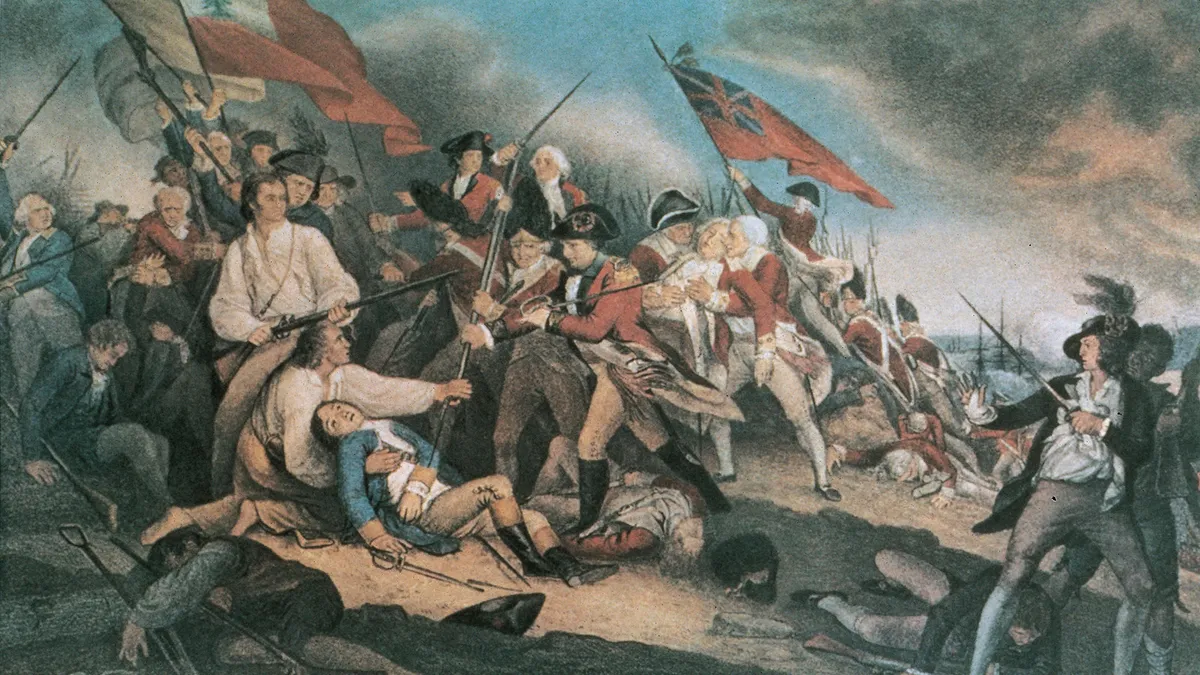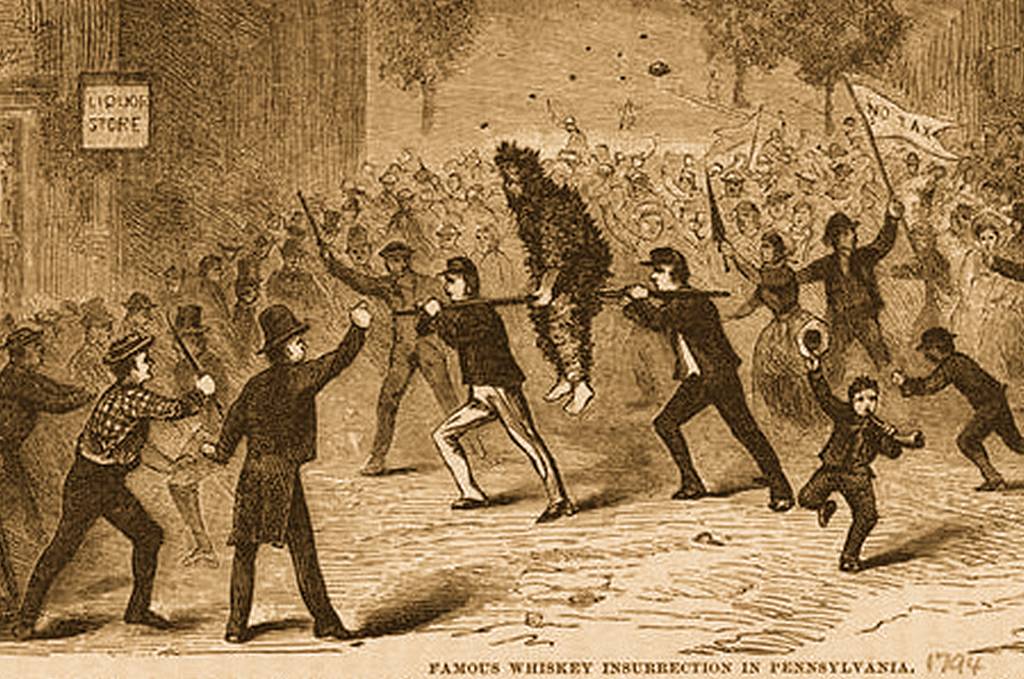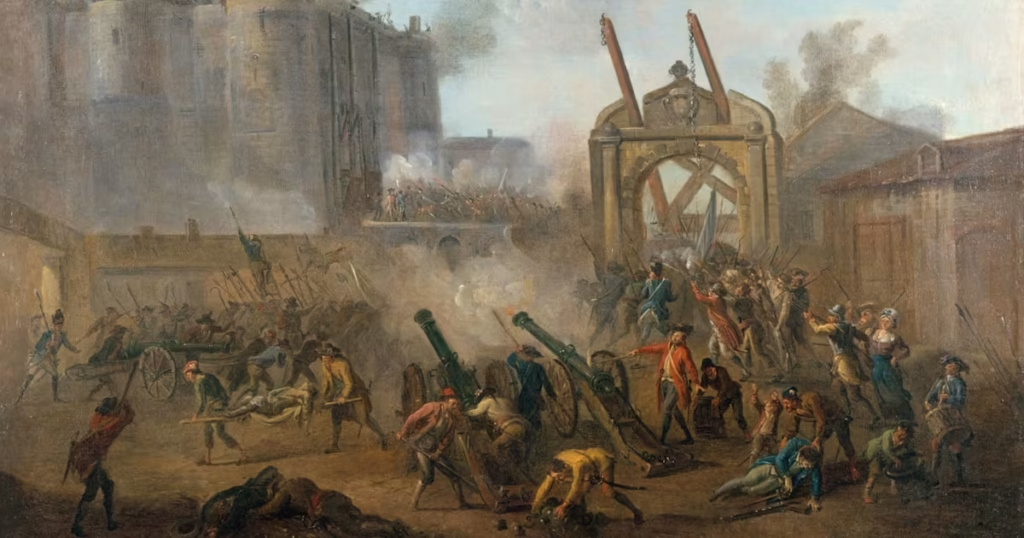“What Is a Revolution? Understanding Upheaval, Transformation, and the Course of History”

The term “revolution” is one of the most powerful words in human history. It evokes images of uprising, change, defiance, and rebirth. From political coups to cultural awakenings and technological breakthroughs, revolutions have shaped the world in countless ways. But what exactly is a revolution? How does it begin? What does it achieve—and at what cost?
This article explores the concept of revolution in all its dimensions—its definition, causes, types, famous examples, consequences, and ongoing significance in the modern world.
Definition of a Revolution
At its core, a revolution is a fundamental and sudden change in political power, societal structure, economy, technology, or culture. It often involves a mass mobilization of people who reject the status quo, aiming to replace it with a new system that reflects different ideologies or priorities.
- Etymology: From the Latin revolutio, meaning “a turn around,” suggesting a radical shift or return to a new starting point.
- Revolutions are distinguished from reforms by their depth, speed, and the extent of transformation.
- Revolutions often challenge existing authority or institutions, leading to periods of instability and conflict, but also innovation and new governance models.
Types of Revolutions
There is no single kind of revolution. Historically, revolutions have emerged in various fields and forms:
1. Political Revolutions
Involve the overthrow of governments or political systems, often through mass uprisings, coups, or wars.
- Example: The French Revolution (1789–1799) dismantled the monarchy and aristocracy, establishing the principles of liberty, equality, and fraternity.
- Example: The American Revolution (1775–1783) led to the birth of the United States and introduced ideas of democratic governance and independence.
2. Social Revolutions
Seek to transform society and its class structures, usually accompanied by political upheaval.
- Example: The Russian Revolution (1917) overthrew the Tsarist regime and led to the formation of the Soviet Union, promoting communism over capitalism.
3. Economic Revolutions
Radical changes in how economies operate, often through shifts in labor, production, or trade systems.
- Example: The Industrial Revolution (18th–19th centuries) transformed rural economies into industrialized, mechanized societies.
4. Technological Revolutions
Rapid advancement in tools, communication, and innovation that reshape how societies function.
- Example: The Digital Revolution (late 20th century–present) brought computers, the internet, and artificial intelligence into everyday life.
5. Cultural and Ideological Revolutions
Challenge dominant beliefs, customs, or cultural norms.
- Example: The Sexual Revolution (1960s–1970s) redefined gender roles, sexual norms, and personal freedom in the West.
Causes of Revolutions
Revolutions rarely happen in isolation. They result from a combination of long-term dissatisfaction and short-term triggers:
- Economic hardship (unemployment, food shortages, rising inequality)
- Political oppression (authoritarian rule, corruption, lack of representation)
- Social injustice (discrimination, lack of civil rights)
- Technological disruption (which changes labor markets or undermines authority)
- Ideological awakening (new philosophies or religious movements)
- Trigger events (like assassinations, uprisings, or symbolic acts of defiance)
For example, the Arab Spring (2010–2012) began with a fruit vendor’s self-immolation in Tunisia and quickly spread across the Middle East, revealing deep-rooted frustrations with dictatorship, unemployment, and censorship.

Key Features of a Revolution
- Mass Participation: Revolutions involve ordinary people, not just elites.
- Rapid Change: Social and political orders can collapse or be rebuilt in a short time.
- Conflict and Violence: Though not always, many revolutions involve conflict or civil war.
- Ideological Vision: Most revolutions are driven by belief in a better or fairer system.
- Power Shift: Control shifts from one class, group, or system to another.
Famous Revolutions Throughout History
| Revolution | Date | Key Result |
|---|---|---|
| English Civil War | 1642–1651 | Temporary abolition of monarchy |
| American Revolution | 1775–1783 | U.S. independence, birth of constitutional democracy |
| French Revolution | 1789–1799 | Fall of monarchy, rise of secular republicanism |
| Haitian Revolution | 1791–1804 | First successful slave revolt, independence from France |
| Russian Revolution | 1917 | Establishment of communist Soviet Union |
| Chinese Communist Revolution | 1949 | Establishment of People’s Republic of China |
| Iranian Revolution | 1979 | Overthrow of Shah, rise of Islamic Republic |
Consequences of Revolutions
Revolutions are double-edged swords. They can bring about liberation, innovation, and progress, but also violence, instability, and repression.
- Positive Outcomes:
- Spread of democracy and human rights
- Technological or economic advancement
- Social justice and equality movements
- Negative Outcomes:
- Civil war, purges, or dictatorship (e.g., Stalinism after the Russian Revolution)
- Long periods of chaos or power vacuum
- Unintended consequences or backlash
Revolutions Today
In the 21st century, revolutions take new forms:
- Digital Movements: Hashtags and social media now mobilize millions (e.g., Arab Spring, #MeToo, Black Lives Matter).
- Climate Activism: Movements like Extinction Rebellion call for a “climate revolution” to address environmental collapse.
- AI and Automation: The ongoing revolution in artificial intelligence may upend global economies, challenging employment and ethics.
- Decentralized Finance (DeFi): Blockchain and cryptocurrency are revolutionizing how people think about money and governance.

Conclusion
A revolution is not simply an event—it is a process of radical transformation. Whether born of oppression, vision, or necessity, revolutions challenge what is and imagine what could be. They have shaped the course of human history and continue to do so in new, unexpected ways. Understanding revolutions allows us not only to study the past but also to navigate the turbulent changes of the future.




